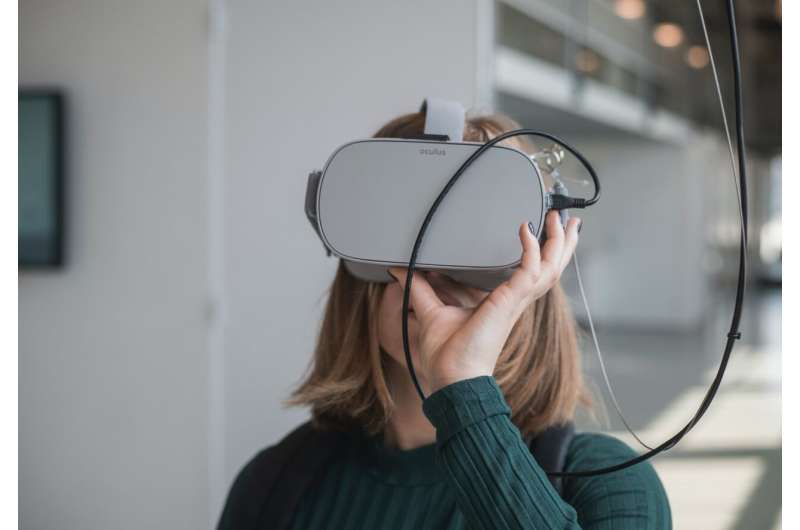Virtual Reality as a Promising Tool for Stroke Rehabilitation

Virtual reality shows promise as an effective tool to enhance stroke rehabilitation, improving arm movement and functional recovery through engaging, cost-effective therapy methods.
Recent research published in the Cochrane Database of Systematic Reviews highlights the potential of virtual reality (VR) technology to aid stroke survivors in regaining arm movement and improving rehabilitation outcomes. The review consolidates data from 190 trials involving over 7,100 participants, making it the most comprehensive analysis to date on this topic. The findings suggest that incorporating VR into conventional therapy can lead to slight improvements in arm function and activity, especially when used to supplement usual care, thereby increasing the total amount of therapy patients receive.
This update extends previous reviews from 2011 and 2017, incorporating new evidence on different types of VR technologies—ranging from basic screen-based games to immersive head-mounted displays tailored for rehabilitation. The research indicates that while simple VR systems are most common, more advanced, immersive options are still underexplored but hold significant promise. Enhancing therapy time through engaging VR methods aligns with known benefits of increased rehabilitation efforts post-stroke, potentially leading to better functional recovery.
VR's ability to simulate real-life scenarios, such as shopping or crossing streets, offers opportunities for practicing daily activities in a safe environment. Professor Kate Laver from Flinders University emphasizes that VR can be a cost-effective, engaging way to boost therapy without requiring constant supervision from clinicians.
The review also notes potential benefits in improving balance and reducing activity limitations. However, the evidence regarding improvements in mobility, participation, and overall quality of life remains inconclusive due to limited or low-quality data. Most current VR interventions focus predominantly on movement training, while incorporating functional tasks like dressing or cooking is still an area needing development.
Safety profiles of VR interventions are generally favorable, with adverse events being rare and mild. Nonetheless, more high-quality, large-scale studies are needed, particularly targeting immersive and task-specific VR applications, to determine best practices for integrating VR into stroke recovery programs.
In summary, while VR presents an exciting and innovative avenue for stroke rehabilitation—particularly as a means to increase therapy intensity and simulate real-life scenarios—further research will help clarify its optimal use and long-term benefits.
For more details, visit the Cochrane Library. Source: https://medicalxpress.com/news/2025-06-virtual-reality-survivors-regain-movement.html
Stay Updated with Mia's Feed
Get the latest health & wellness insights delivered straight to your inbox.
Related Articles
CDC Issues Travel Advisory Amid Surge of Over 8,000 Chikungunya Cases in China
Over 8,000 cases of chikungunya have been reported in China, prompting the CDC to issue travel warnings. Learn about the virus, symptoms, and preventive measures.
New Insights into DNA Regulatory Switches That Drive Blood Cell Formation from Stem Cells
A recent study uncovers how a DNA regulatory switch involving TAF1 controls blood cell formation from stem cells, with implications for cancer therapy and regenerative medicine.
Innovative One-Dose Vaccine Strategy Boosts Immune Response Using Dual Adjuvants
A groundbreaking single-dose vaccine approach using dual adjuvants has shown to generate a diverse and potent immune response, promising advancements in immunization for various infectious diseases.



